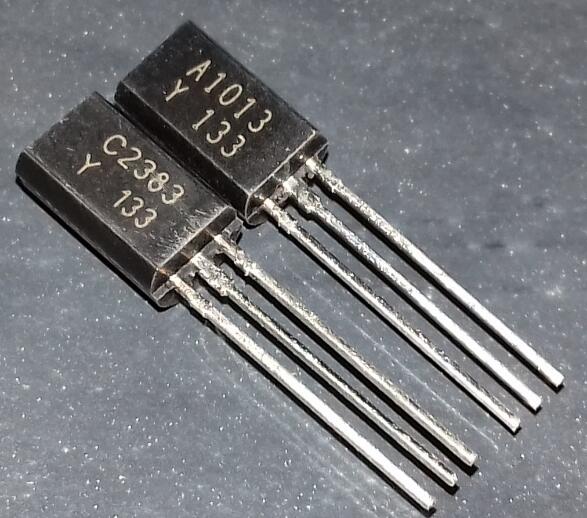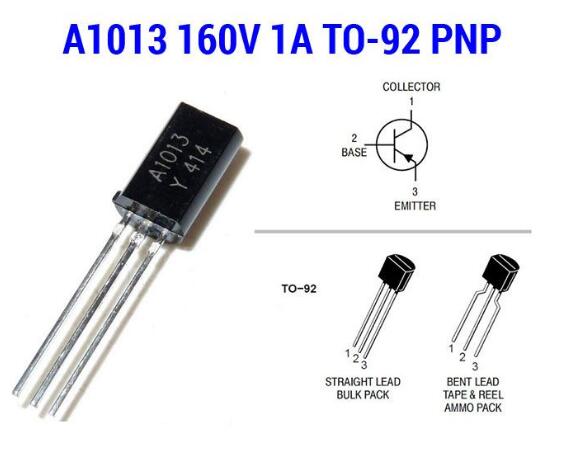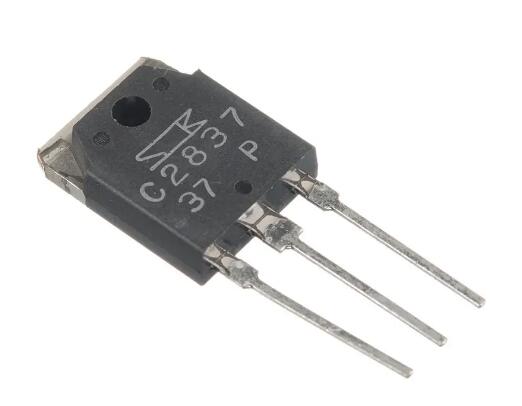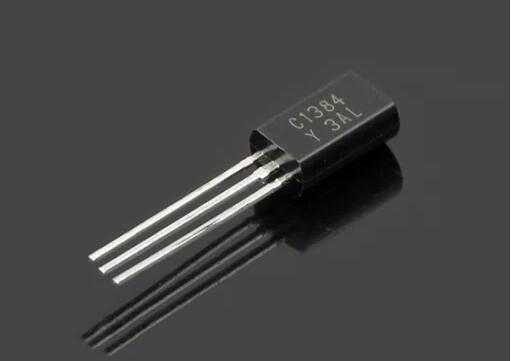The A1013 is a commonly used PNP silicon transistor. Here's the information you requested:
Pinout:
The pinout configuration of the A1013 transistor is as follows:
- Emitter (E)
- Base (B)
- Collector (C)
Equivalent Transistors:
The A1013 transistor has several equivalent counterparts that can be used as replacements in circuits. Some common equivalents include:
- 2SA1013
- 2SA1015
- MPSA56
- BC561
It's important to refer to the datasheets of the equivalent transistors to ensure compatibility and proper substitution.
Features:
Here are some key features of the A1013 transistor:
- Polarity: PNP (Positive-Negative-Positive)
- Power Dissipation: The maximum power dissipation of the transistor is typically around 0.8 Watts.
- Collector Current: The maximum collector current (Ic) that the transistor can handle is approximately 0.5 Amps.
- Collector-Emitter Voltage: The maximum voltage that can be applied across the collector-emitter junction is typically around 120 Volts.
- Transition Frequency: The A1013 transistor has a transition frequency (ft) of approximately 100 MHz, indicating its capability for higher frequency applications.
- Low Noise: It exhibits low noise characteristics, making it suitable for applications that require minimal signal distortion.
Applications:
The A1013 transistor finds applications in a wide range of electronic circuits, including:
- Audio Amplifiers: It can be used as a small-signal amplifier in audio preamplifiers and power amplifiers.
- Switching Circuits: The transistor can function as a switch for driving low-power loads in various switching applications.
- Voltage Regulators: It can be implemented within voltage regulator circuits to regulate and stabilize voltages in power supply applications.
- Oscillators: Due to its high transition frequency, the A1013 can be used in radio frequency (RF) oscillator circuits for generating high-frequency signals.
- Motor Control: It can be used in motor control circuits, such as in speed control applications or as a motor driver.
Please keep in mind that the suggested applications are general examples, and the specific implementation will depend on the circuit requirements and overall design. When using the A1013 or its equivalents, it is essential to consult the transistor's datasheet for comprehensive information regarding maximum ratings, electrical characteristics, and usage guidelines to ensure proper functionality and reliable operation.




